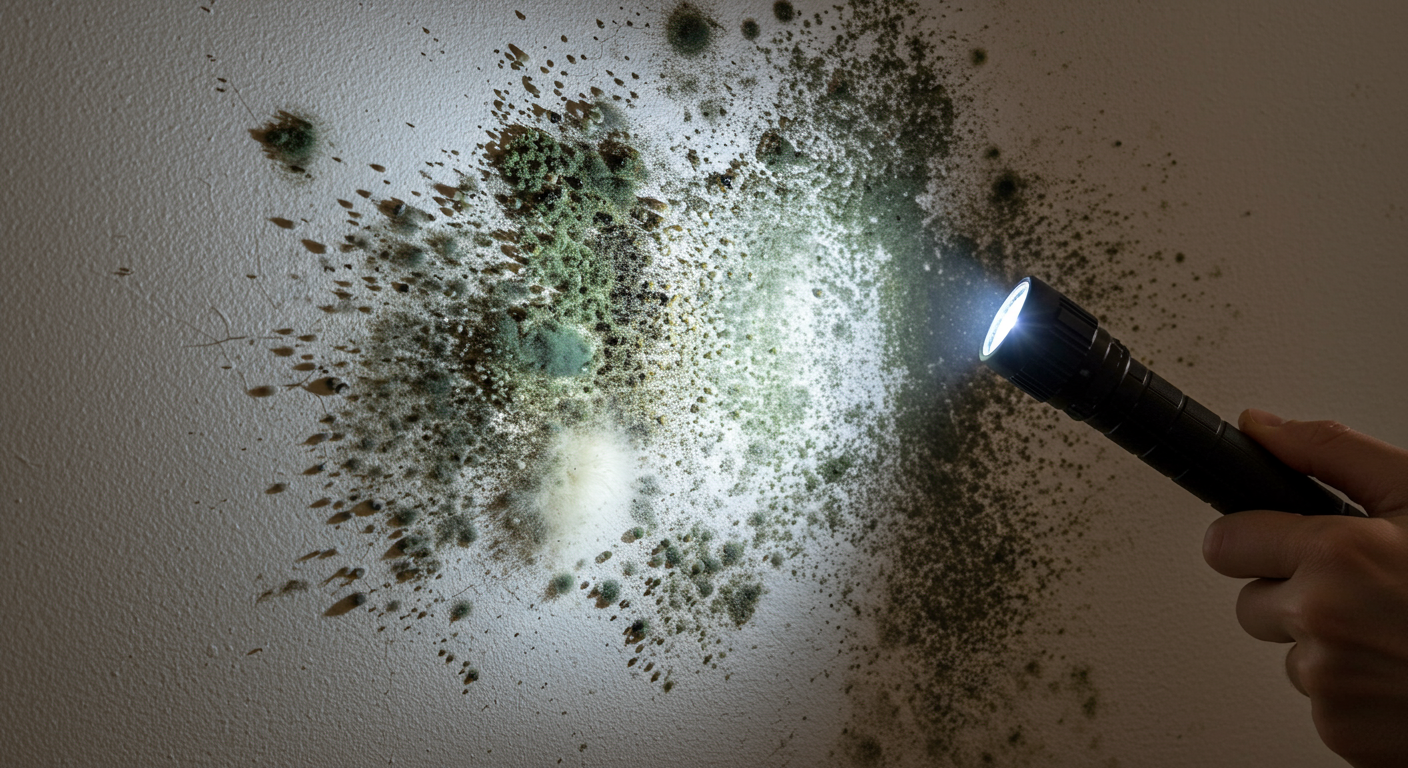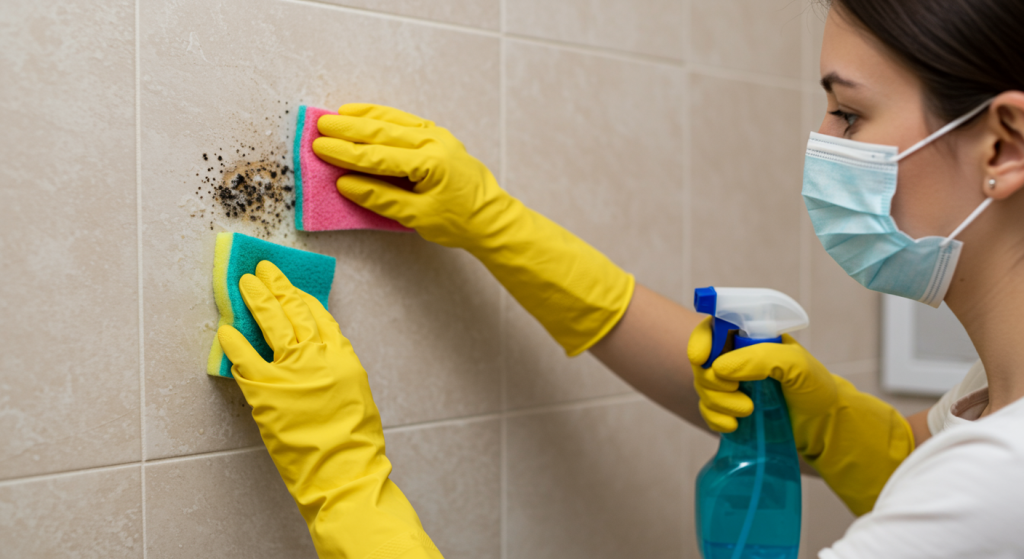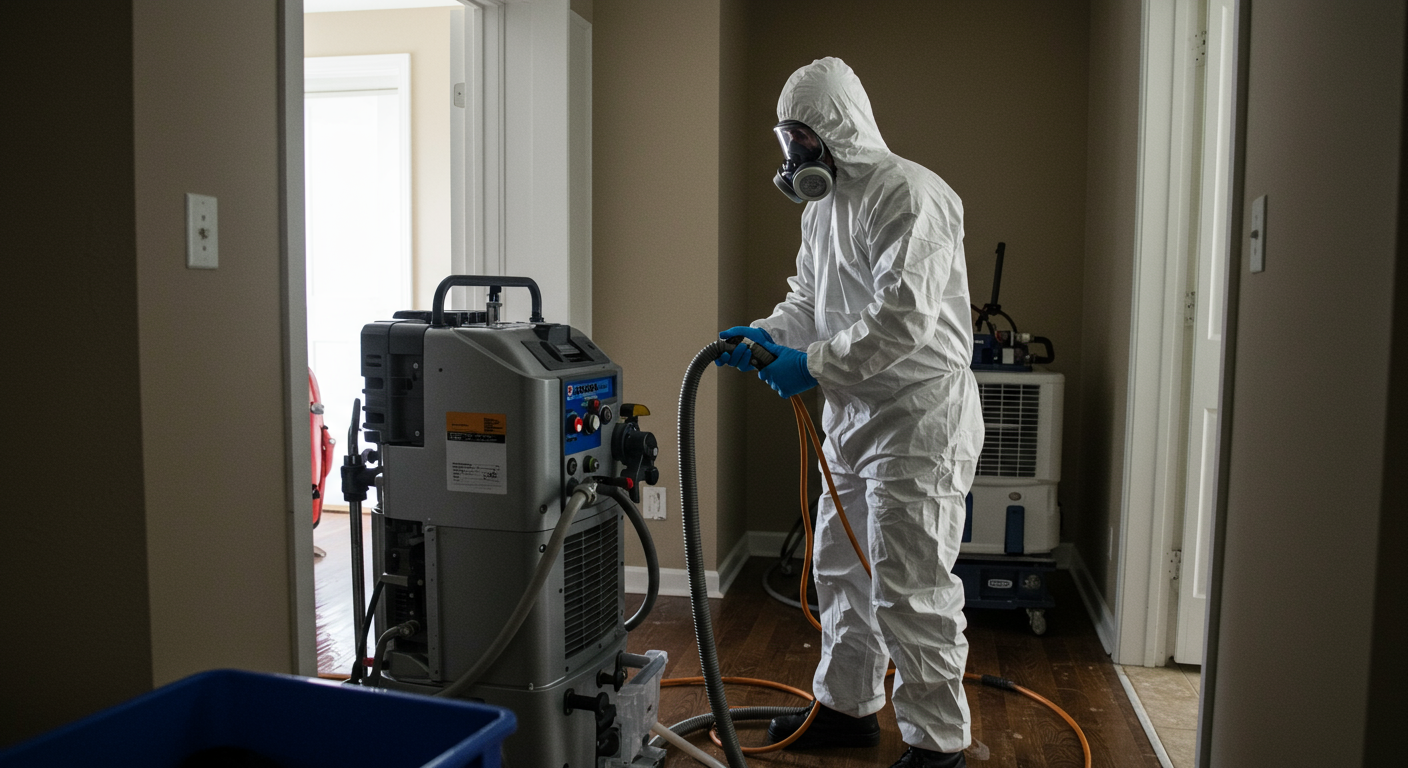Mold in your home is more than just an unsightly problem—it can pose serious health risks and structural damage if left unchecked. Whether you’ve spotted visible mold or are dealing with persistent musty odors, understanding how to address and prevent mold is crucial for maintaining a safe and healthy living environment. This guide will walk you through everything you need to know about mold, from identifying the problem to effective cleanup and long-term prevention strategies.
Understanding Mold and Its Health Risks
Mold is a type of fungus that thrives in damp, humid environments. While it plays a vital role in breaking down organic matter outdoors, indoor mold can be hazardous to your health. Exposure to mold can lead to respiratory issues, allergies, and skin irritation. Symptoms often include sneezing, coughing, and itchy eyes, but for individuals with asthma or weakened immune systems, the effects can be more severe.
Children, the elderly, and those with pre-existing health conditions are particularly vulnerable to mold exposure. Prolonged contact with mold can exacerbate respiratory illnesses and lead to chronic health problems. Recognizing the risks associated with mold is the first step in addressing the issue effectively.
Identifying Mold Problems in Your Home
Detecting mold early can save you time, money, and potential health complications. Common signs of mold include visible growth, often appearing as black, green, or white patches on walls, ceilings, and other surfaces. A persistent musty odor is another telltale sign, especially in areas like basements, bathrooms, and kitchens.
Moisture is the primary culprit behind mold growth. Leaky pipes, roof leaks, and poor ventilation create the perfect breeding ground for mold. Inspecting your home for damp spots and addressing the source of moisture is critical to preventing mold from spreading.

Step-by-Step Mold Cleanup Process
Small Mold Issues: DIY Cleaning Techniques
If the mold covers an area smaller than 10 square feet, you can often handle the cleanup yourself. Start by wearing protective gear, including gloves, goggles, and a mask, to avoid inhaling mold spores. Use a mixture of water and detergent to scrub the affected area, ensuring you remove all visible mold. Avoid using bleach on porous surfaces, as it may not fully eliminate the mold.
Once cleaned, dry the area thoroughly to prevent regrowth. Dispose of any contaminated materials, such as sponges and rags, in sealed plastic bags.
Larger Infestations: When to Call Professionals
For mold infestations larger than 10 square feet or those involving HVAC systems, it’s best to seek professional help. Mold remediation experts have the tools and expertise to safely remove mold and prevent it from spreading to other areas of your home. They can also identify hidden mold and address underlying moisture issues.
Professional services, such as Expert Mold Remediation Services in Huntsville, AL, ensure a thorough cleanup and provide peace of mind.
Post-Cleanup: Proper Disposal and Maintenance
After the cleanup, dispose of all contaminated materials, including cleaning tools, in sealed bags. Wash your hands and clothes thoroughly to remove any lingering mold spores. Regularly inspect the cleaned area to ensure the mold does not return.
Preventing Future Mold Growth
Prevention is key to keeping your home mold-free. Start by maintaining indoor humidity levels below 50%. Use dehumidifiers and air conditioners to control moisture, especially in humid climates. Proper ventilation is also essential—open windows, use exhaust fans, and ensure air circulates freely throughout your home.
Fixing leaks promptly is another crucial step. Whether it’s a dripping faucet or a leaky roof, addressing water issues immediately can prevent mold from taking hold. Additionally, consider using mold-resistant products, such as paint and drywall, in areas prone to moisture.
For more tips on humidity control, check out Effective Mold Remediation Strategies for Humidity Control in Birmingham, AL.
Mold in your home is not a problem to ignore. By understanding the risks, identifying issues early, and taking proactive steps to clean and prevent mold, you can protect your home and your health. Whether you tackle small mold problems yourself or call in professionals for larger infestations, addressing mold promptly is essential for a safe and comfortable living environment.


